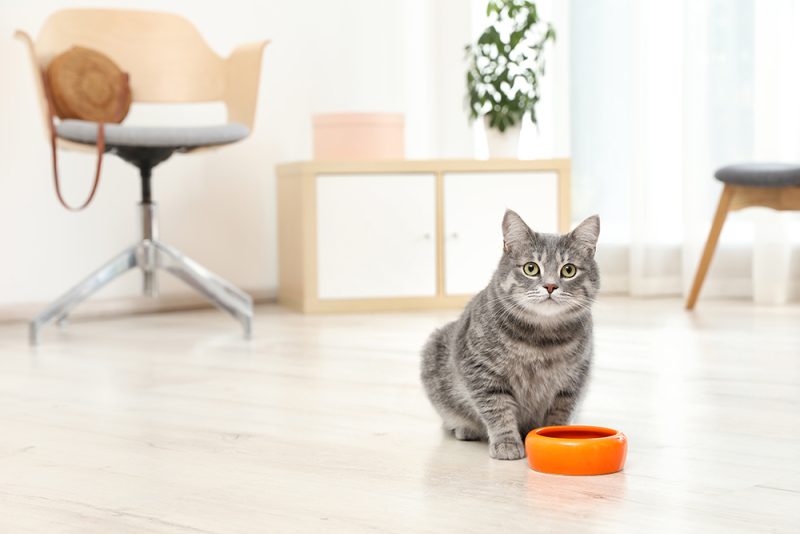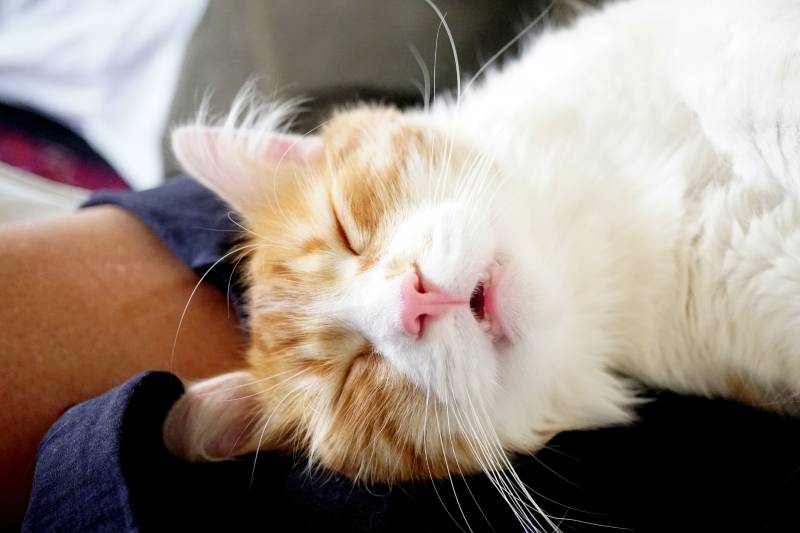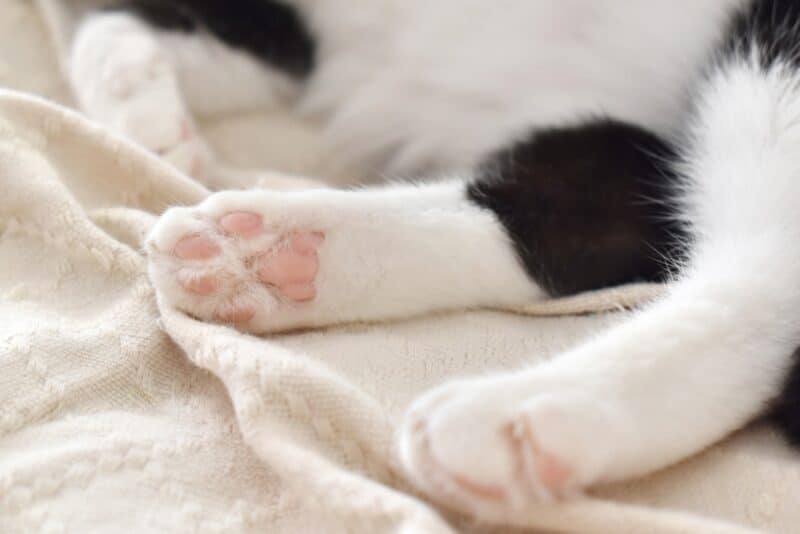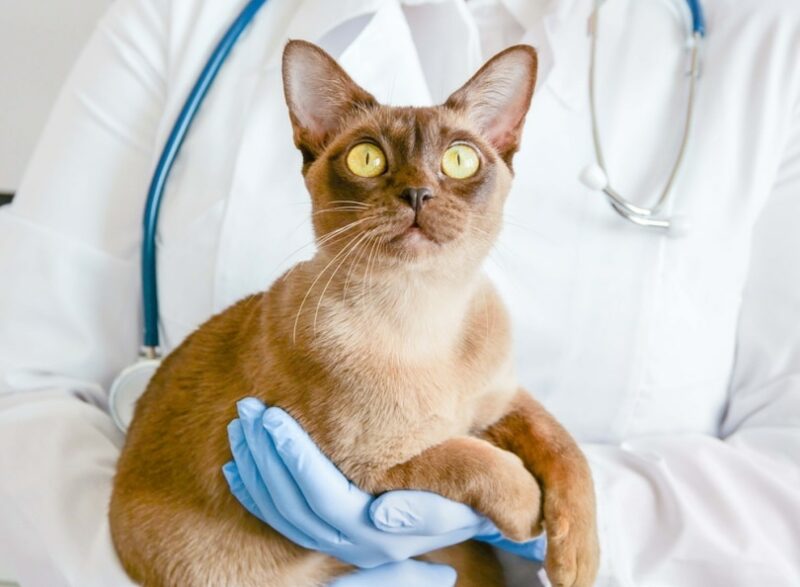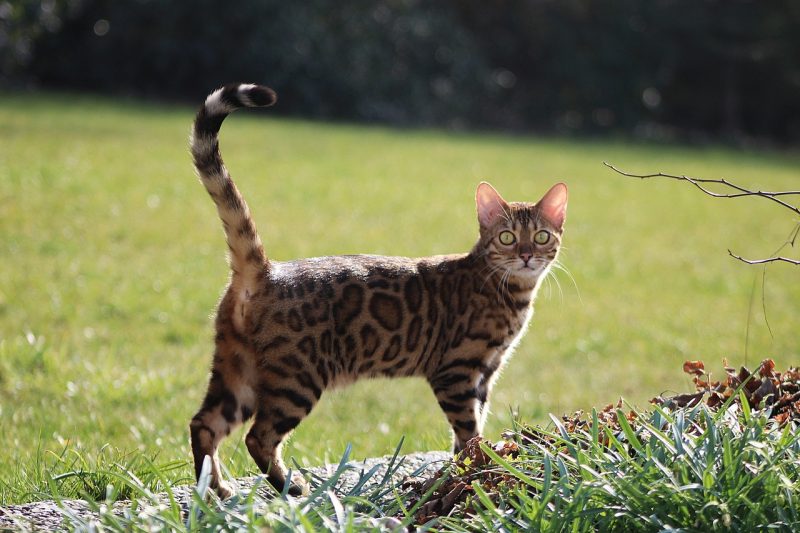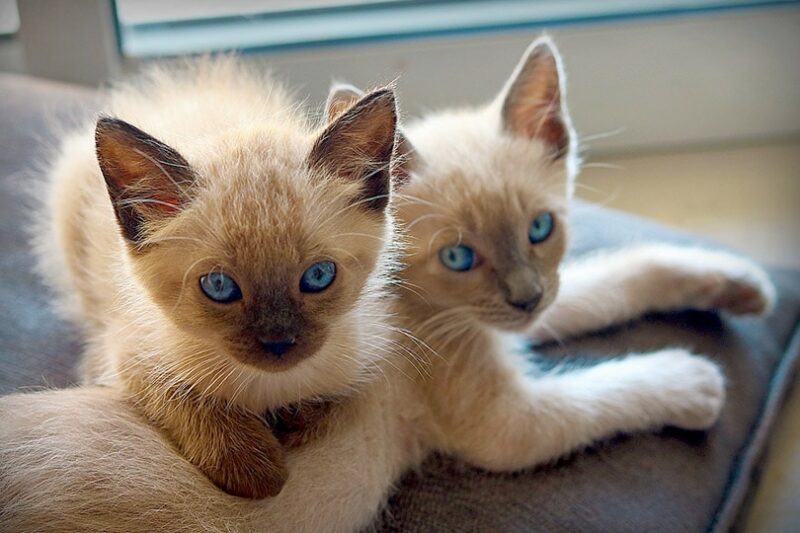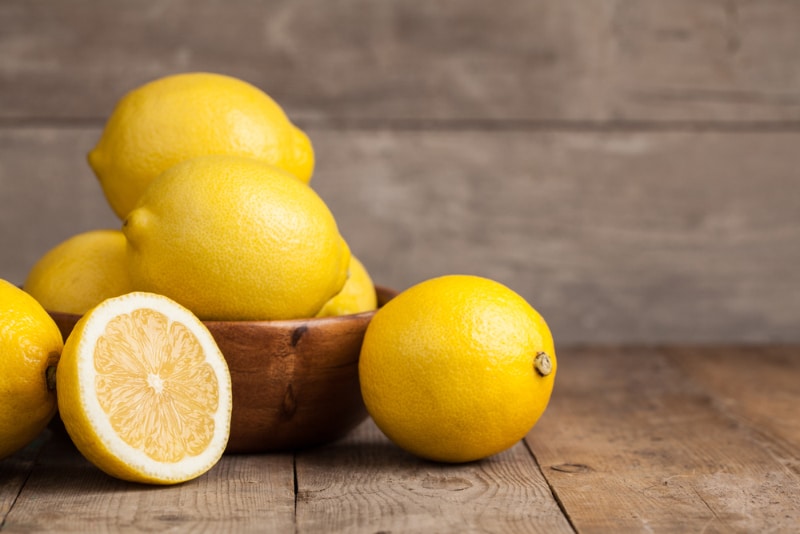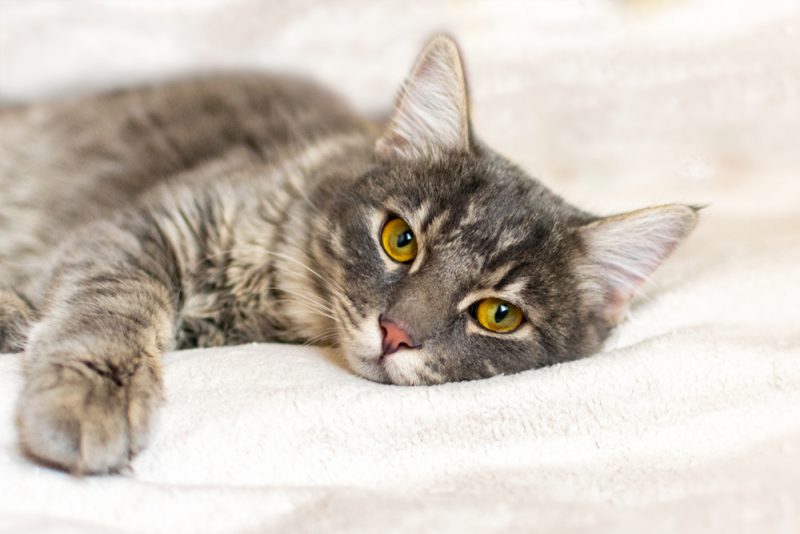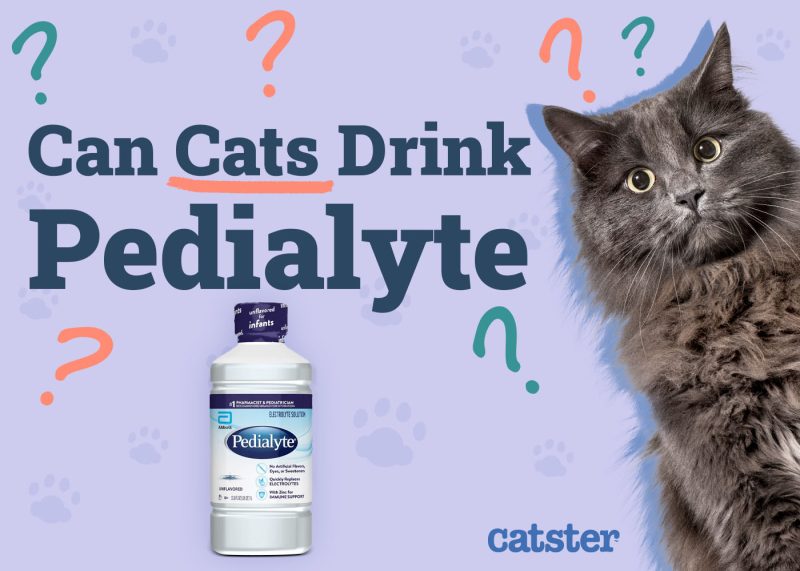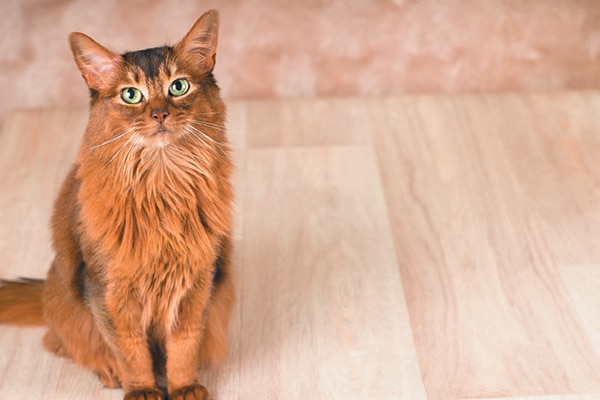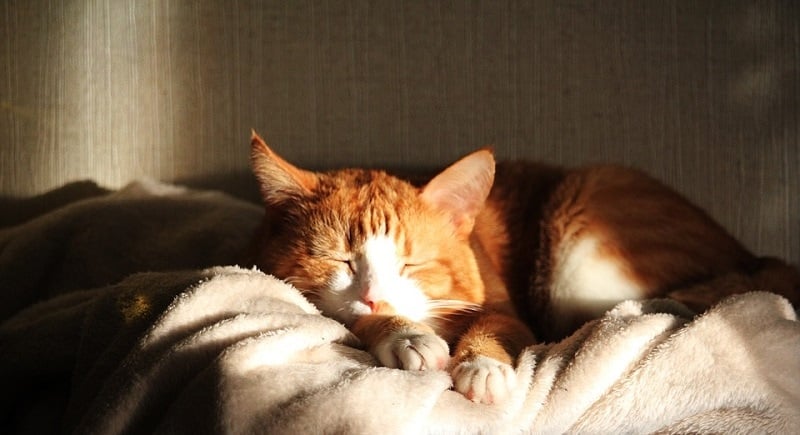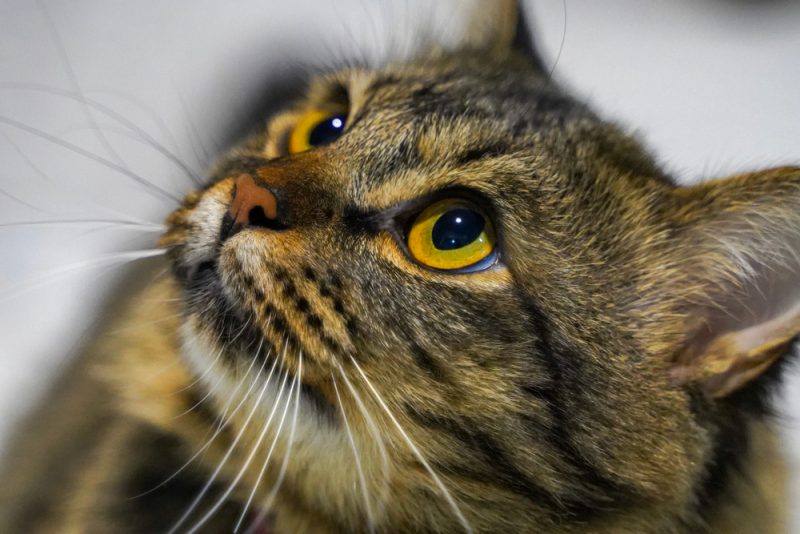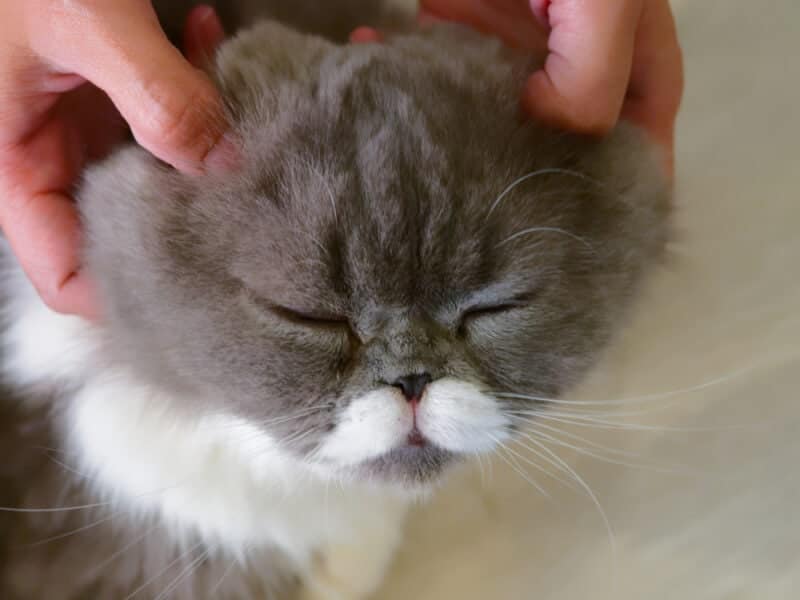In this article
We all know that cats need fresh water daily, but if you have a larger bowl that they don’t empty each day, how often do you need to change it out? The truth is that you need to give your cat fresh water every day, and if they don’t drink it all, you need to dump it out, clean the bowl, and then give them fresh water again.
But why do you need to swap out the water every day, and what can happen if you don’t?

How Often Should You Clean Your Cat’s Water and Food Bowls?
While you might not think much about your cat’s food and water bowls, that doesn’t keep bacteria from forming on them. Just like you don’t want to use a dirty bowl or cup for your meals, you shouldn’t expect your cat to use one either.
Because of this, you should clean their food and water bowls every single day. It might seem a little excessive, but there’s a reason you wash your dishes after each use, and your cat deserves the same thing!
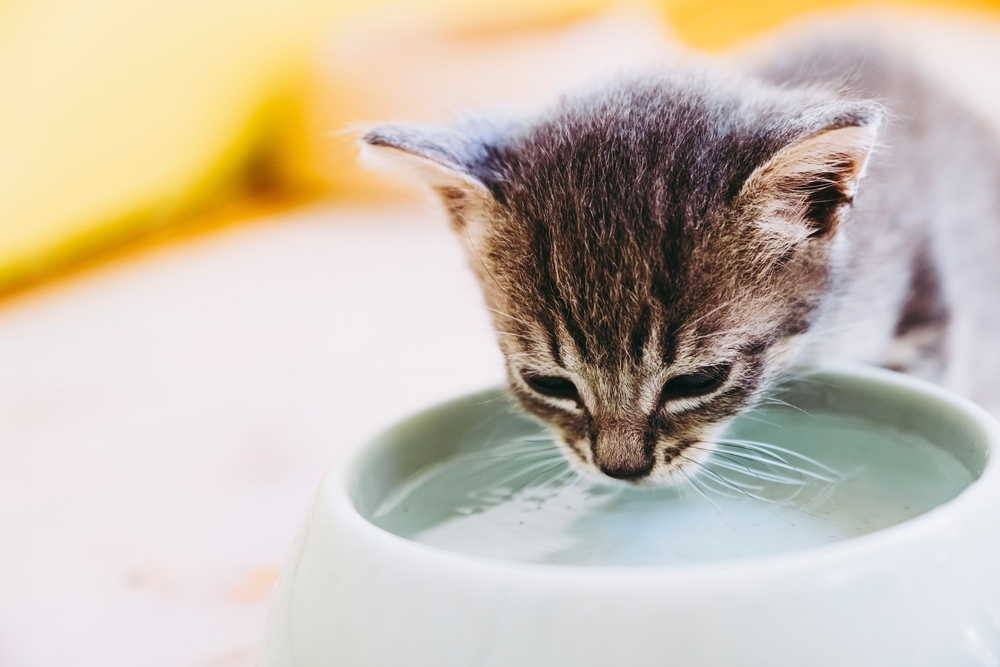
How Much Water Should Your Cat Drink?
The amount of water a cat drinks out of a traditional water bowl depends on the size of your cat and the type of cat food you feed them. If you feed your cat wet cat food, it contains 70 to 80% moisture, meaning it can give your cat a lot of the fluids that they need.
Overall, your cat needs about 4 ounces for every 5 pounds of body weight, meaning a 10-pound cat needs 8 ounces of water each day. But since your cat can get their water from their food or their water bowl, sometimes it can be hard to measure just how much water they’re getting.
Cats can be very particular about many things, including the water they drink. The right water fountain can provide your cat with clean, fresh water.
We recommend Hepper's Stainless Steel Cat Water Fountain, an easy-to-clean model with three different flow modes, a large capacity, and effective triple filtration. This minimalist fountain runs quietly and will fit right into your home. At Catster, we’ve admired Hepper for many years and decided to take a controlling ownership interest so that we could benefit from the outstanding designs of this cool cat company!
What Could Happen if You Don’t Change/Clean the Bowl Enough?
You need to take the time to clean your cat’s water bowl daily, and the reason for this all comes down to the inevitable contamination with food particles, dust and bacteria. If you’re not cleaning the bowl enough, your cat may become unwell from drinking water contaminated with bacteria.
Cats are also very fussy about the water they drink. If the water smells or tastes funky because it is not clean and fresh, they may drink less or not drink it at all. Not drinking enough water can also cause problems, for example putting cats at an increased risk of urinary tract issues.
How Often Should You Clean a Cat Water Fountain?
While you need to clean a traditional cat water bowl each day, if you have a fancier cat water fountain-style bowl, you likely don’t need to clean it quite as often as the water is moving and they generally contain filters. However, you still need to follow the manufacturer’s guidelines and on average clean it and replace the water at least once a week, but often every 3 to 4 days, even if the water in the bowl lasts longer than that.
These fountain-style bowls don’t collect bacteria as quickly as traditional bowls, but they don’t stay clean forever. When cleaning the bowl, dump out any water that’s still in the bowl and give them fresh water to prevent bacterial buildup. Be sure to follow guidance on how often to change and replace filters as well, which is usually every 4 weeks.

In Conclusion
Now that you know a little more about how often you should change your cat’s water bowl and why it’s so important, all that’s left is for you to take the time to clean it. It can be a pain to adjust to at first if you don’t normally clean them that often, but once you get into a rhythm, it only takes a few minutes each day, and it goes a long way in keeping your cat healthy and safe!
Related Reads:
Featured Image Credit: New Africa, Shutterstock
